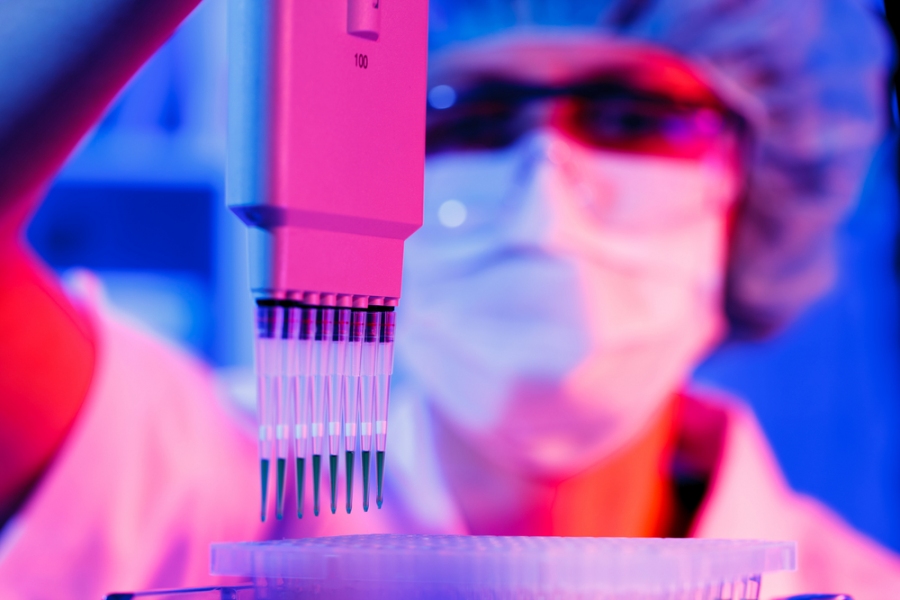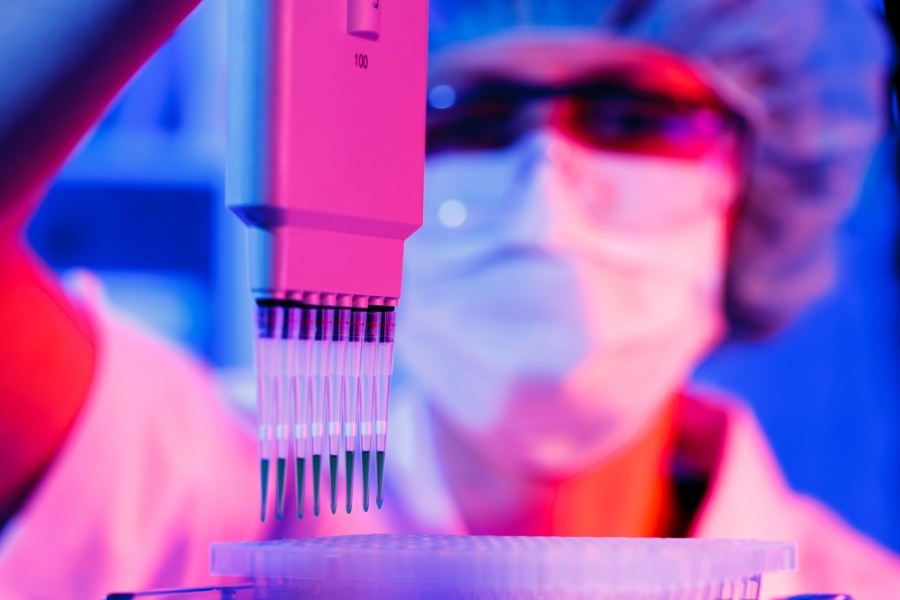While childhood cancer survival rates have risen from 60% to 80% over the past generation, we want it to reach 100%. The drive to save every child is propelling continuing research and is leading to recent breakthroughs in childhood cancer treatment. Let’s discuss some of the biggest and most promising childhood cancer treatments that have hit the news.
Brain Cancer – Not Just One Thing
In 2017, studies by Newcastle and Northumbria Universities found that childhood medulloblastoma isn’t one cancer – it can be broken into seven separate disorders, each with its own biological characteristics. And each has its own clinical characteristics. This is ground-breaking because medulloblastoma is the most common brain cancers in young children and it opens the door to specialized and more successful treatment regimens. Its five-year survival rate is currently 64%, well below the average 80%.
Genetic Engineering Approved for Leukemia Patients
CAR-T cell therapy takes a patient’s T-cells, genetically modifies them, and puts them back into the patient to attack leukemia. These cells not only fight leukemia now but will likely do so for years, lowering remission rates. Its success rate in treating acute lymphoblastic leukemia, the most common childhood cancer in the United States, is why it has been approved by the Food and Drug Administration. This solution is an option for when chemotherapy fails, giving hope to those who otherwise have a 70% death rate. The nearly half million dollar price tag seems steep, but it costs just over half the price of a bone marrow transplant and this treatment can be offered to those whose bone marrow transplant failed.
Genetic Testing and Customized Treatment

A 2015 study in The Journal of the American Medical Association found that complete DNA sequencing in pediatric cancer cases benefited about half of the cancer patients involved. Having the entire DNA profile of the cancer only led to changes in treatment for a small minority of patients, but these are the patients for whom conventional treatment would not have been as likely to succeed. Understanding which drugs are most likely to work maximizes their odds of a successful outcome. Organizations like PCRF are funding further research so that everyone benefits from technology like this.
Reducing Related Causes of Death
Any patient who undergoes radiation and chemotherapy treatment is at increased risk of infection due to a weakened immune system. A 2015 study has found that young cancer patients with low neutrophil counts given antibiotics within an hour of arriving at the hospital significantly reduced the odds of hospitalization due to illness and death. It dramatically reduced the odds these patients would end up in the ICU. The finding is so important to improving patient quality of life and odds of survival that delivering antibiotics within 60 minutes of a feverish patient arriving is now considered a quality measure for oncology centers.
As we can see, the scientific community continues to make strides and is coming up with new treatments every day. Cancer care has become more personalized and thanks to genomics and cell therapy lowering casualty rates for cancers that seemed incurable not too long ago, there is hope for the future.





























No Comments
Leave a comment Cancel